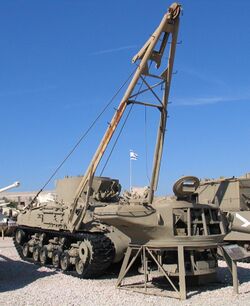| Display title | Engineering:Shear legs |
| Default sort key | Shear legs |
| Page length (in bytes) | 4,440 |
| Namespace ID | 3034 |
| Namespace | Engineering |
| Page ID | 691639 |
| Page content language | en - English |
| Page content model | wikitext |
| Indexing by robots | Allowed |
| Number of redirects to this page | 0 |
| Counted as a content page | Yes |
| Page image |  |
| HandWiki item ID | None |
| Edit | Allow all users (infinite) |
| Move | Allow all users (infinite) |
| Page creator | imported>Steve Marsio |
| Date of page creation | 19:22, 4 February 2024 |
| Latest editor | imported>Steve Marsio |
| Date of latest edit | 19:22, 4 February 2024 |
| Total number of edits | 1 |
| Recent number of edits (within past 90 days) | 0 |
| Recent number of distinct authors | 0 |
Description | Content |
Article description: (description)
This attribute controls the content of the description and og:description elements. | Shear legs, also known as sheers, shears, or sheer legs, are a form of two-legged lifting device. Shear legs may be permanent, formed of a solid A-frame and supports, as commonly seen on land and the floating sheerleg, or temporary, as aboard a vessel lacking a fixed crane or derrick.
When fixed, they... |
